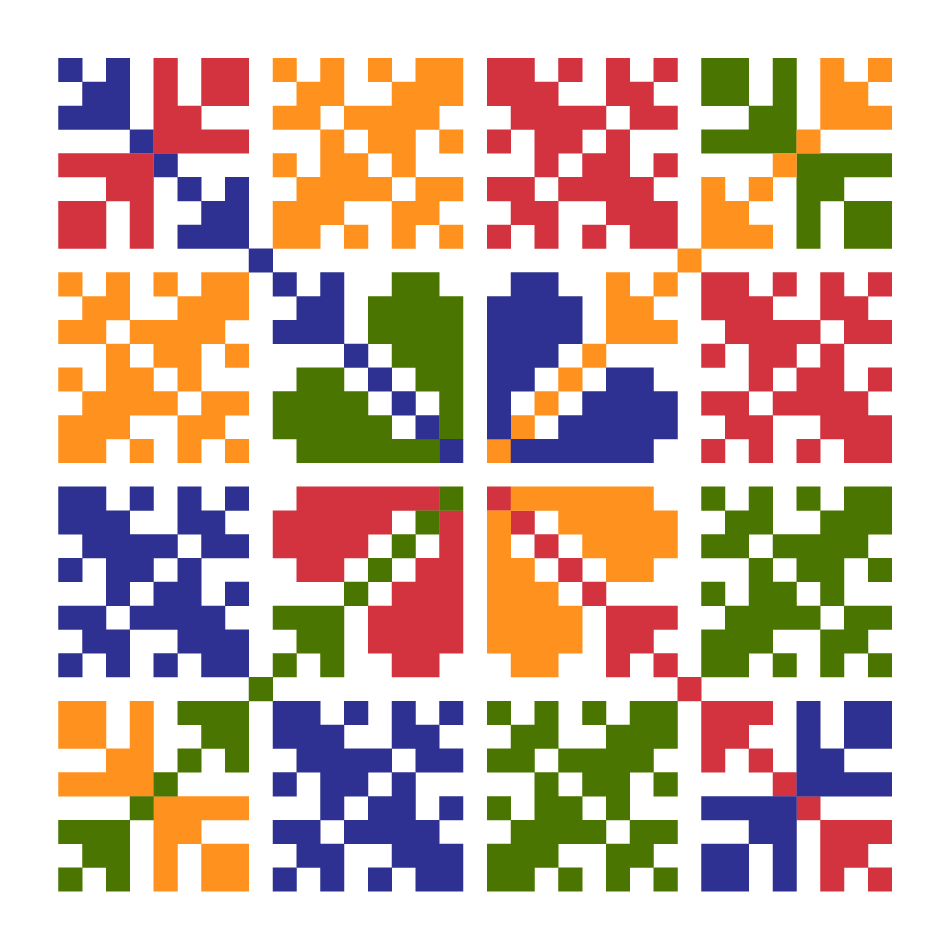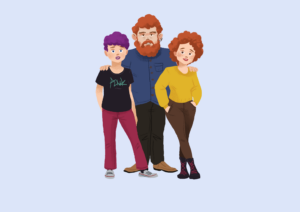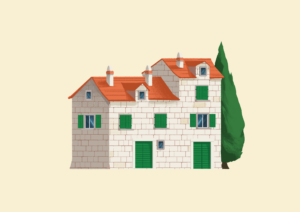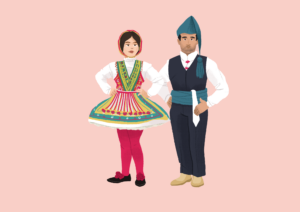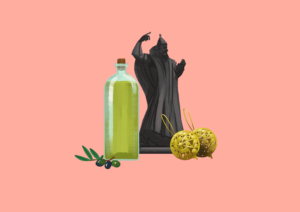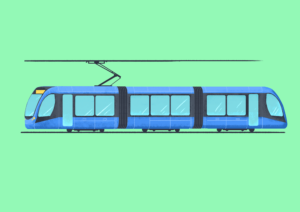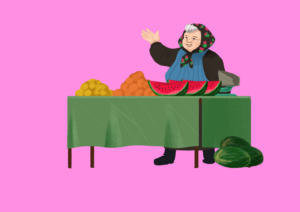Tako Lako, which translates into English as It’s So Easy, is a free online textbook intended for beginner university-level language learners of Croatian. The textbook aims to develop intercultural communicative competence and builds upon current research on culture teaching in the foreign language classroom. The website is meant to be used primarily in an instructor-led course. However, the textbook also offers segments for independent student practice (grammar and vocabulary practice). Below you will find more detailed instruction and an overview of the website and textbook materials.
“Tako lako” Website
The Tako lako website (https://www.takolako.org) offers a comprehensive guide on how to navigate and utilize the online textbook.
In addition to portraying some of the key features of the textbook on the homepage, there are several tabs located at the top for quick access, which contain drop-down menus. The tabs serve as a navigational aid for users who are looking for specific information or resources related to the textbook. These sections (Getting Started, Curricular Scope, Resources, and About) offer detailed instructions and tips to help you make the most of the textbook’s features.
Getting Started
The Getting Started section offers general guidelines for learners and instructors on how to use the website. It also provides a general overview of the main characters that appear in the textbook so that learners can get a grasp of the main storyline of the textbook. It also gives testimonies of learners who have worked with this curriculum.
Curricular Scope
The Curricular Scope section offers an overview of curricular goals (culture in a language classroom, methodological approach, textbook structure, expected student outcomes, and course planning). Further, it offers a possibility for instructors to request additional materials (such as handouts) that are part of specific lessons throughout the textbook.
Resources
The Resources section offers several useful resources for learners that can be referred to throughout the learning process and afterwards (content overview, grammar, dictionary, Croatian phrases in the textbook).
About
The About section offers an overview of project team members, collaborators, and grants received for the project. This section serves to establish the credibility of the project.
Croatian Textbook Material
The link for Croatian textbook (https://utexas.pressbooks.pub/takolako/) is located at the top right corner of Tako lako website. When clicked, the textbook opens in a new window.
The homepage of the Croatian textbook features ten units at a glance. Each unit is depicted by an image carefully designed to represent social aspects and every-day life in Croatia, and is organized around a specific topic focusing on cultural components.
Clicking on the image associated with a specific unit directs the user to a general overview of the unit. This component provides instructors and learners with information about the goals of the unit. It includes six tabs that offer detailed descriptions of the topics covered in each lesson, the objectives to be achieved by the end of the unit, an outline of communicative abilities, and an outline of the language components involved (see example: Unit 6).
The navigation bar on the left-hand side of the textbook provides quicker access to all ten units (labeled numerically 1 to 10) and their corresponding lessons. Learners can also access the Resources tab (most important pages that already appear on the main Tako lako website) through the navigation bar. Check the Textbook Structure section for more information.
TOPICS IN “TAKO LAKO” TEXTBOOK
The topics covered in Tako lako are carefully crafted to be relevant in today’s world. The topics are meaningfully contextualized with the learners’ personal experiences in mind and geared toward stimulating conversation and encouraging engagement. Some of the topics include music and film interests, travel habits, family relations, behaviors in public spaces, and traditional cuisine. Although some topics may be sensitive or personal, the textbook always offers options for learners so that all may participate and contribute comfortably and without exclusion.
LEARNERS’ REAL-LIFE EXPERIENCE
Language learners follow a story of six local and two visiting U.S. students in Croatia over a 10-month period that corresponds to the learners’ academic year of learning the language. The story unfolds simultaneously with the learners’ real-life experiences, meaning that the time frame in the textbook aligns with the period during which learners are exposed to the story. This synchronization provides language learners with a sense of authenticity, allowing them to better connect with the narrative. By immersing themselves in these characters’ lives and the situations in which they find themselves, language learners gain valuable information on everyday life in Croatia and insight into how the language is effectively used in a variety of situations and contexts.
Read more under Textbook Characters.
